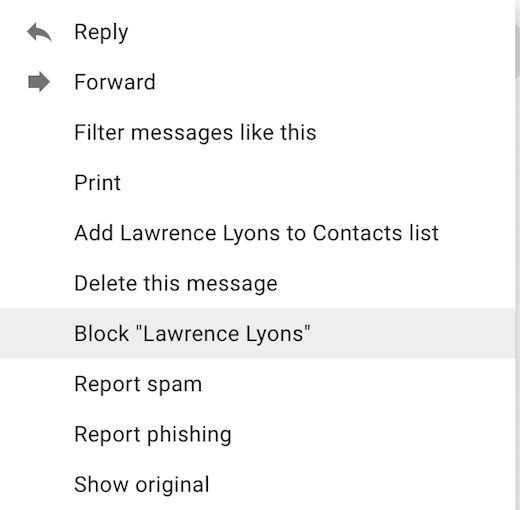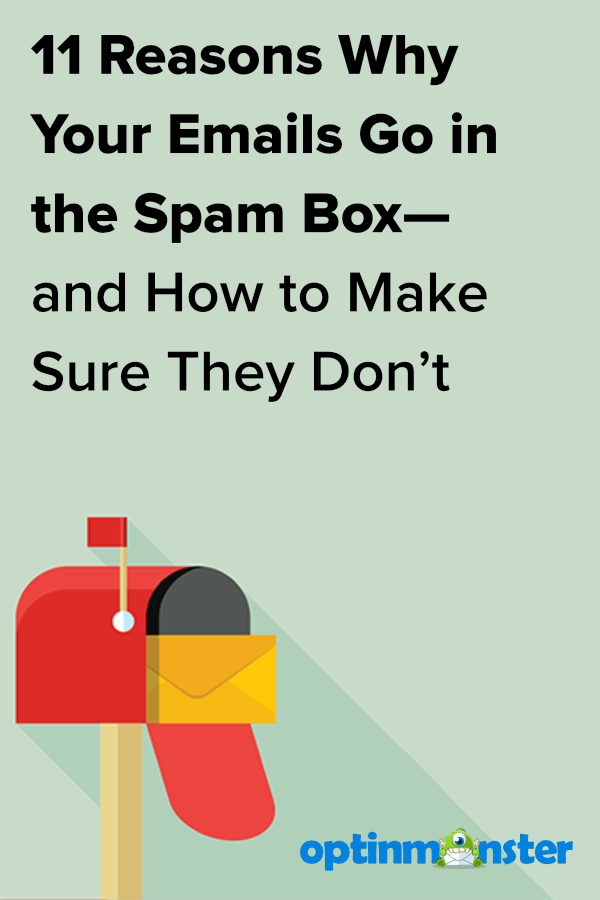
ISPs (such as Gmail, Yahoo, AOL) have put filters in place to protect spam or malicious email from landing in a recipients’ inbox. There are a lot of checks that happen when an email goes through the server. Gmail’s new feature allows users to easily unsubscribe from emails they no longer want to receive Email deliverability definitions Spam filter definition That said, it’s easier than ever for consumers to mark emails as spam through one-click buttons on clients like Gmail which will then store future email from this sender in the junk folder. Today though it’s unlikely that a true spam email will ever make it through to the inbox.

In the early 2000s, you were probably still dealing with nonsense in your inbox and it probably made you hate your inbox a little bit.

Malicious content has been all but removed by ISPs, who have strengthened their filters in the past few years. That’s why it’s important to adhere to best practices to avoid being marked as spam yourself. Not everything in the spam folder is malicious, and in fact a lot of it isn’t. Of course there’s a difference between spam and spam folders, which is the repository of all things that email clients and Internet Service Providers (ISPs) consider spam. Spam, or junk email, refers to malicious or unrequested email sent by “spammers” who want something from you, want to do something to you (e.g.


So you’re sick and tired of hearing about your beautiful emails landing in spam? We’re glad you checked in.


 0 kommentar(er)
0 kommentar(er)
